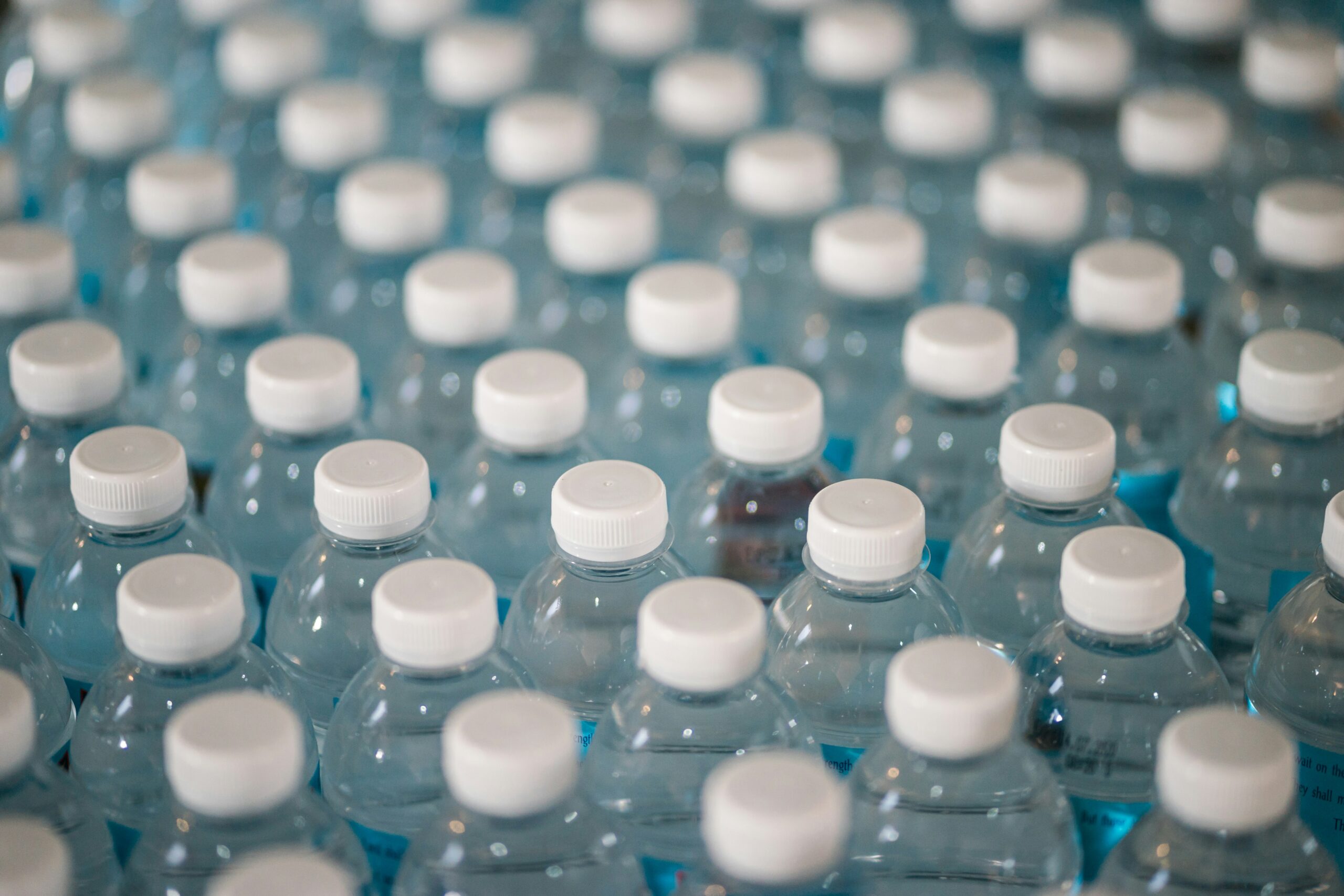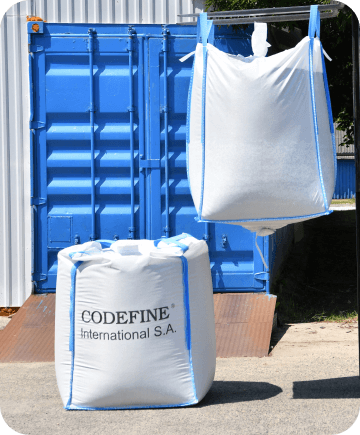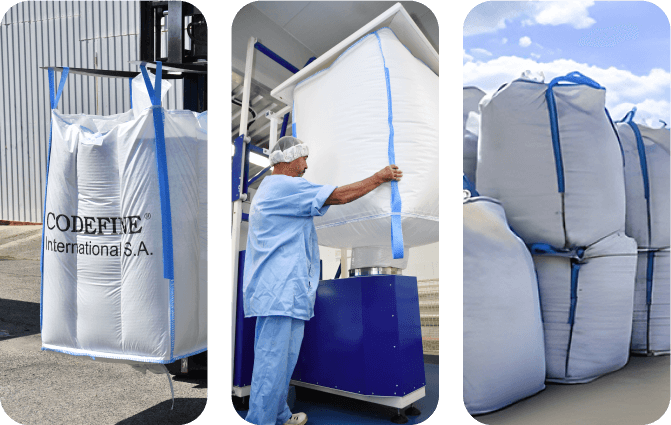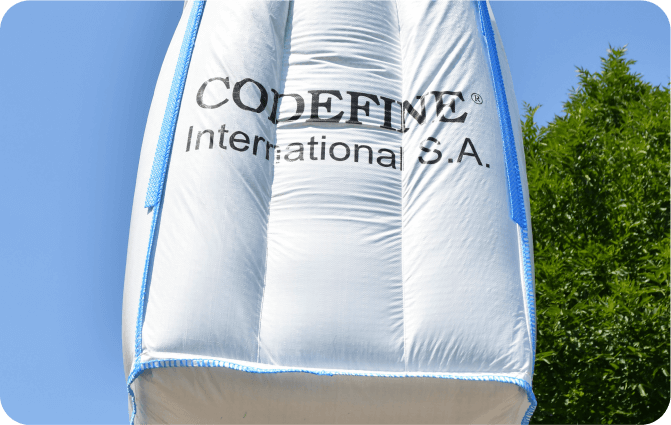In the distant past, food and other products were consumed locally, negating the need for packaging. However, as civilizations took shape and populations grew, the need to safely store and transport consumables became apparent. Natural materials like leaves and animal hides were the preferred choice of packaging, with later technological advancements seeing a shift toward things like fabrics, pottery, and metals. The Ancient Chinese pioneered the concept of paper packaging, with the first papermaking processes invented almost 2,000 years ago.
Packaging technology wouldn’t undergo any major changes until the Industrial Revolution. During this period, access to and demand for consumer goods grew considerably. However, material prices meant that packaging was reserved for premium products and luxury goods. The early 20th century saw the arrival of many packaging innovations that are still in use today, namely metal cans, cellophane, and the humble cardboard box.
By the middle of the century, increasing globalization and international trade called for a new breed of packaging. To accommodate large volumes of consumer goods and raw materials, industrial packaging was upscaled considerably. Flexible intermediate bulk containers (FIBCs), otherwise known as bulk bags, became a supply chain staple, with these packaging solutions offering unrivaled storage capacities, cost-effectiveness, and plenty of scope for customization.
Since the discovery of plastics, these materials have continued to play an important role in the evolution of packaging technology. With newly-discovered polymers more lightweight and durable than ever before, more robust packaging can be produced with considerably less material. This not only brings immediate cost savings to consumers but helps companies commit to a more sustainable way of business.
In general, eco-friendly packaging is becoming the norm. At a consumer-facing level, there’s been a shift to refillable and recyclable packaging solutions. This is particularly true of cosmetic packaging. Meanwhile, biodegradable packaging offers consumers an easy way to remain eco-conscious, even when recycling facilities aren’t readily available. At an industrial scale, advancements in recycling technology have meant that polymer materials like polypropylene can be more easily recycled, with many FIBC containers made up of a substantial amount of recycled material.
Along with becoming more sustainable, packaging is also getting smarter. So-called smart packaging refers to any type of packaging that’s been equipped with electronic devices like sensors to increase functionality. Such sensors can be used to enhance traceability and maintain optimal storage conditions, along with increasing efficiency across the entire supply chain.



